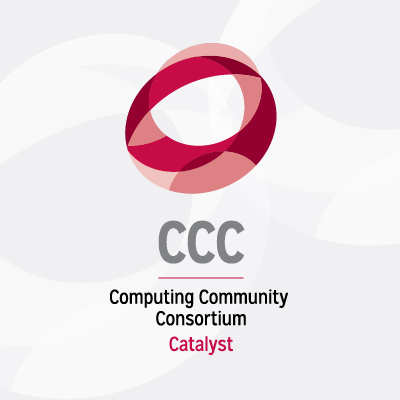In mid-January, OpenAI released an Economic Blueprint outlining policy proposals to enable American leadership in AI development. Along with guidance on testing frontier models for national security risks and suggestions on how the U.S. can take the lead in establishing international standards for AI regulation, the blueprint also focused on funding. The blueprint points to “an estimated $175 billion sitting in global funds awaiting investment in AI projects,” and notes that China is competing strongly for this funding as well.
Shortly after the OpenAI blueprint was released, President Trump announced the Stargate Project, which aims to invest up to $500 billion in AI infrastructure in the U.S. It is clear the U.S. government sees promise in AI as an emerging technology, and we look forward to seeing continued investment. In this statement, we make a case for funding AI research in academia.
Academic Research as a Driver of AI Innovation
Academic research is often the precursor to industry success, as demonstrated in the National Research Council’s so-called “Tire Tracks” chart. The field of AI research itself was born from academic work dating back to the 1940s by pioneers such as Alan Turing, John McCarthy, and Geoffrey Hinton.
Innovation in AI has historically been driven by a careful interplay between academic and industry research. The Tire Tracks chart shows that research in industry does not replace university research, nor does university research supplant industry efforts. Instead, the two research communities are complementary.
Industry research tends to focus on iterative or product-driven advancements, whereas academic research explores blue sky ideas with a five- to ten-year outlook. Additionally, academic research is not driven by profit or stakeholder interests, allowing universities to explore a wide breadth of approaches and techniques rather than simply aiming to improve existing methods for guaranteed returns.
The flow of people and ideas between academia and industry fuels a robust innovation ecosystem that has made the U.S. the world leader in information technology. Given the clear value of academic research in AI, the federal government should strongly consider additional funding for continued academic research.
The Role of Academia in Developing AI Talent
U.S. academia is also the main pipeline supplying American companies with well-educated AI professionals. To maintain a competitive edge over countries such as China, it is imperative that U.S. universities continue to lead in fundamental research and cultivate top-tier talent.
Achieving this goal requires increased funding for academia, not only from the government but also from industry. Stronger partnerships between universities and industry will help academia better equip students for careers, ultimately leading to higher employment rates for recent graduates.
Industry can fund research programs at universities to provide students with relevant experience while simultaneously identifying top talent. Companies can also employ top performing students as interns, increasing the likelihood of securing strong AI professionals upon graduation.
The Importance of Open-Source AI Models
Beyond increased funding and stronger partnerships, industry should release more open source models to democratize AI research. Currently, the majority of AI model development occurs within a handful of large U.S.tech companies due to the enormous capital required to build and train these models.
However, as the Chinese company DeepSeek demonstrated shortly after the OpenAI blueprint was released, the amount of capital necessary to innovate in AI may be significantly lower than once thought. The innovations in software performance engineering demonstrated by DeepSeek’s open-source R1 model are an example of the type of revolutionary discoveries that can be achieved even without massive resources.
This breakthrough suggests that future innovations could further lower the financial barrier to AI research, thus broadening access. U.S. companies have the unique opportunity to release open-source models before Chinese models or other international models become the global standard for AI researchers and developers.By doing so, they can maintain America’s leadership in AI while fostering a more inclusive and collaborative research environment.
Collaboration Between Government, Industry, and Academia
American innovation is a clear priority for the current administration, and academia is fully aligned with this goal. We look forward to engaging with industry leaders as we continue to pioneer new discoveries in AI.
To maximize U.S. leadership in AI, we must explore avenues for increased collaboration between industry, academia, and government. Strategic investments in academic research, coupled with stronger industry partnerships and open-source AI initiatives, will ensure that the United States remains at the forefront of artificial intelligence innovation.
The opinions captured in this blog were informed via a group discussion held with CCC Council members and CRA staff, including: Nadya Bliss (Arizona State University), Sebastian Elbaum (University of Virginia), William Gropp (University of Illinois, Urbana-Champaign), Mary Lou Maher (computing Community Consortium), Brian Mosely (Computing Research Association), and Manish Parashar (University of Utah). Please note any opinions, findings, and conclusions or recommendations expressed in this material are those of the authors and do not necessarily reflect the views of the authors’ affiliations, or of the National Science Foundation, which funds the CCC.









